This is part 22 of the Early Church History class.
This episode aims to wrap up our early church history class. We’ll cover relics and pilgrimage, emperors Zeno and Justinian, as well as the theological battles that continued to rage in the 5th and 6th centuries. Unsurprisingly the christological controversy of the 5th century did not come to an end when the emperor endorsed the Council of Chalcedon of 451 that declared Jesus to have two natures “unconfusedly, unchangeably, indivisibly, and inseparably.” In addition to covering the Second Council of Constantinople of 553, we’ll also briefly consider how the dual natures doctrine continued to foment division resulting in the Third Council of Constantinople in 681 and the Second Council of Nicea in 787.
Listen to this episode on Spotify or Apple Podcasts
—— Links ——
- More Restitutio resources on Christian history
- See other classes here
- Support Restitutio by donating here
- Join our Restitutio Facebook Group and follow Sean Finnegan on Twitter @RestitutioSF
- Leave a voice message via SpeakPipe with questions or comments and we may play them out on the air
- Intro music: Good Vibes by MBB Attribution-ShareAlike 3.0 Unported (CC BY-SA 3.0) Free Download / Stream: Music promoted by Audio Library.
- Who is Sean Finnegan? Read his bio here
—— Notes ——
Byzantine Beginnings
- 293 Diocletian initiated the division between east and west with his tetrarchy.
- 330 Constantine built a “New Rome” on the cite of old Byzantium, naming it Constantinople.
- Constantine’s mother, Helena, initiated the pilgrimage movement.
- 381 Egeria wrote a travelogue to her friends that influenced later pilgrimages.
- Helena also sent Constantine relics of the true cross.
- 397 Martin of Tours died, leaving behind his cloak, which became a famous relic.
Fifth Century Developments
- Theodosius I (r. 379-392) had outlawed pagan sacrifices and endorsed Trinitarian Christianity as the official religion of the Roman Empire.
- Arian Germanic tribes moved into the western Roman Empire and began taking territory.
- 378 Visigoths win at Adrianople.
- 410 Alaric sacked Rome.
- 455 Vandals sacked Rome.
- 476 Odoacer deposes the last Roman Augustus.
- 493 Theodoric and the Ostrogoths took Italy.
Zeno’s Henotikon
- 451 Chalcedon affirmed the dyophysite position (two natures in one person).
- 488 Byzantine Emperor Zeno attempted to reconcile monophysites and dyophysites by condemning Eutyches and Nestorius and approving Cyril’s 12 anathemas (Henotikon).
- Chalcedon remained controversial with Christianity now split into several groups: Arian Germanic kingdoms, monophysites (Egypt and Ethiopia), Chalcedonian dyophysites (Rome & Constantinople), and Nestorian dyophysites (Syria and Persia).
Justinian (482-565)
- 525 Justinian married Theodora and became co-emperor with Justin.
- 527 Justinian became the sole emperor.
- 528 He initiated legal reforms under John the Cappadocian and Tribonian.
- 532 Nika riots
- 537 He finished Hagia Sophia, whispering, “O Solomon, I have surpassed you!”
- 555 He had retaken much of the Roman Empire, including Italy, North Africa, and part of Spain.
More Christology Councils
- 553 Justinian called for the Second Council of Constantinople.
- Condemned the 3 chapters
- Condemned Nestorius
- Condemned Origen of Alexandria
- 681 Third Council of Constantinople
- Condemned monotheletism, concluding that Jesus had 2 wills that never conflict.
- 787 Second Council of Nicaea
- Iconoclasts were fighting with iconodules.
- Some considered icons Nestorian while others called them Monophysite.
- Affirmed veneration of icons.
- 843 Iconaclasm controversy broke out.
- Empress Theodora upheld the ruling of Nicaea II.
Review
- In 293, Diocletian split the administration of the Roman Empire into east and west, appointing an Augustus in each.
- In 330, Constantine founded Constantinople in the old town of Byzantium, making it his administrative capital.
- While the west fell to Germanic Arians and the Huns, the Roman Empire in the east continued until 1453.
- Byzantine emperors played barbarian warlords off each other in an attempt to keep them from taking Constantinople.
- From the fourth century onwards, Byzantines embraced relics and pilgrimages to holy places.
- Byzantine emperor Justinian made a lasting impact on law via the work of Tribonian to identify, harmonize, and codify Roman law.
- Justinian succeeded, mostly due to the military genius of Belisarius, to retake northern Africa, Italy, and part of Spain.
- Justinian built and improved several churches, the most notable of which was his renovation of the Hagia Sophia.
- In 553, the Second Council of Constantinople condemned three writings critical of Cyril of Alexandria to reunite with the Egyptian and Syrian churches, but ultimately failed.
- In 681, the Third Council of Constantinople condemned monothelitism, affirming that Christ had two wills.
- In 787, the Second Council of Nicaea affirmed the veneration of icons, denying icons either were too monophysite or Nestorian.

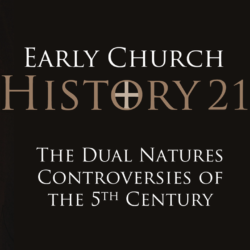
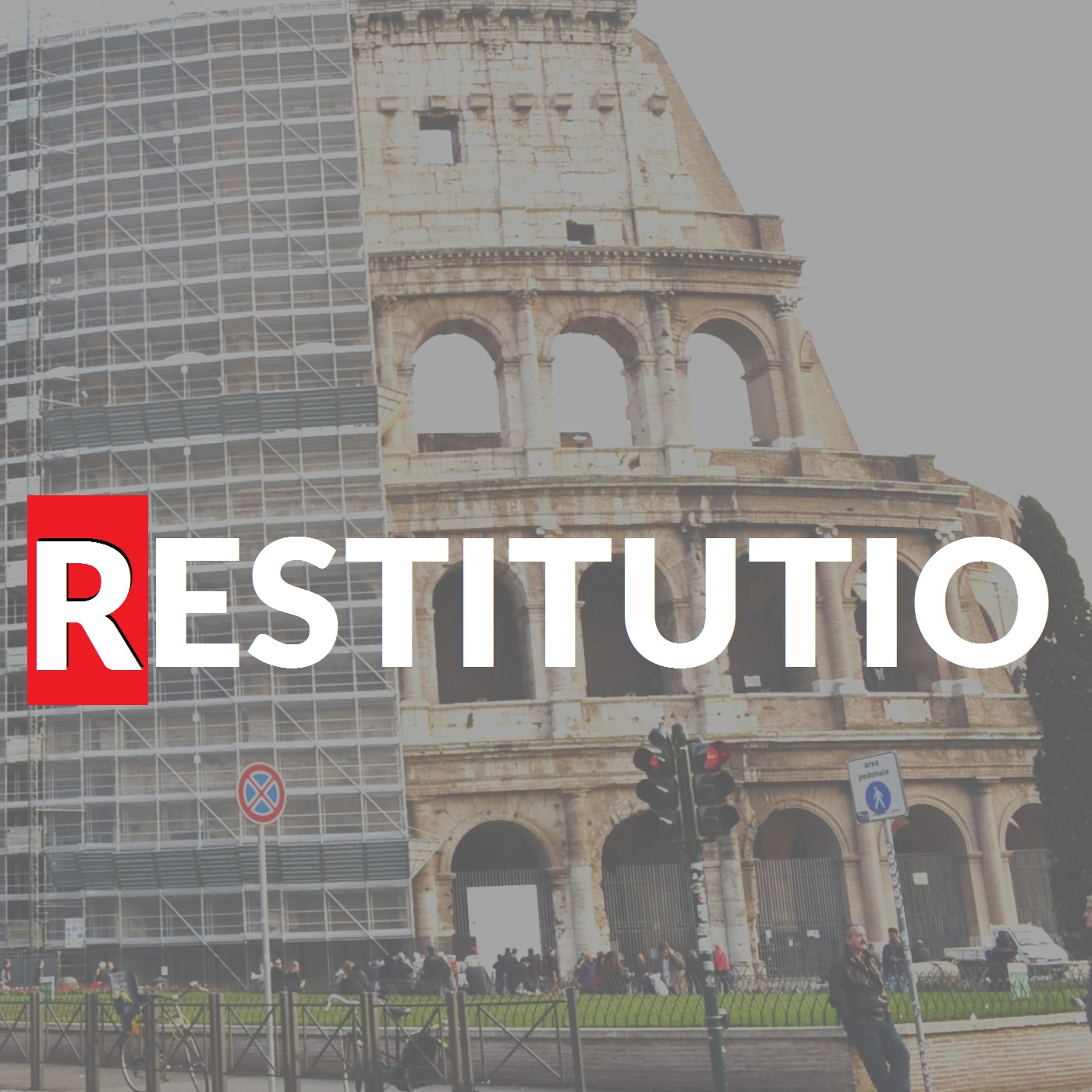
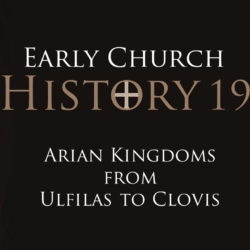
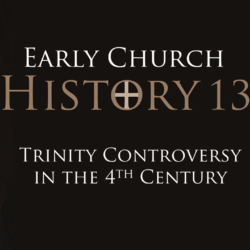
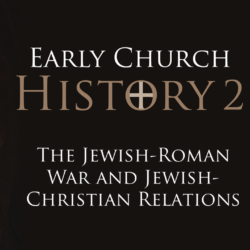
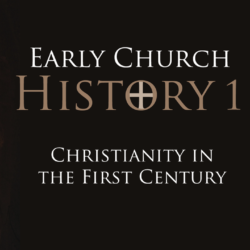
Hi Sean, thanks a lot, what a great series it’s been. I’ve learned many new things that will definitely be of help to me in getting to a better understanding of my faith. To many, church history may seem a daunting subject and as a result, we are often ignorant about it. It is an unfortunate thing, because the only narrative the ordinary churchgoer may ever come across is–as you describe it–a whitewashed one. One of supposedly saintly–if not infallible–wise men led by God’s spirit, who carefully uncovered and defined the true doctrines of God for the one universal church… But, the more one looks into what the early church actually looked like, the more one realizes that the stories of the infallible saints are no more true than fairy tales. As you so plainly put it “What holy spirit?”
Though one may enthusiastically start one’s venture of church history in the first century, as one progresses through the centuries following, one will inevitably develop an ever growing sad realization that the further one ventures, the less it comes to resemble the study of a church, but rather of some miserable circus. For every decade, the clown show only gets more absurd and father removed from how it once started out. For me personally, this realization–unfortunate as it may be–is yet a great motivator to go peel back all these layers in an attempt to return to an understanding more in line with that of the church of the earliest times.
—
As for the Muslim commenter you addressed at the end of the episode, I could be wrong, but when he says he’s of the line of Ismael, I’m guessing he’s saying he’s a follower of Ismaili Islam (sort of a denomination), not necessarily that he’s a descendant of Ishmael. As for an apologist to have some conversation with, perhaps you could ask Jake “the Muslim Metaphysician.” Seems like a reasonable fellow. If you ask Dale Tuggy, he can probably help you get in contact.
Sorry, regarding the apologist, I misunderstood and thought you were looking for a Muslim to dialogue with. As for a Christian knowledgeable about Islam and yet also fine with unitarian views, I wouldn’t know, unfortunately…
Hi Sean, really enjoyed the series and notes you made available. Shared links with friends.
Here’s an excellent Christian apologist who grew up in a Muslim region of India, as a 3rd missionary. Jay Smith has the respect of the muslims he teaches, for example, research showing that the first holy location was not Medina because the wall that tells them which direction to pray in older mosques point to a totally different direction.
https://youtu.be/4EaopH_EPfc
Driven by numerous reasons to look into the matter myself (a Unitarian for many decades), I took somewhat of a deep dive to research the trinity from the proponent perspective. From reading contemporary books and early church documents, to joining an evangelical church for a year and having a personal discussion with a pastor, I was so close to the buy in.
However, the deeper I went back in time in early church history, it was alarming how more absent, and even completely silent, the “Jesus is God” chatter became. It was at this time I made the decision to start watching Resitutio (I knew about it for a while). First order of business was to watch your Early Church History series. It was fantastic, as well as troubling, to see the layers peeled back and expose the sources of influence that moved the church to embrace/enforce doctrines, defined by councils and creeds of men, to this day.
You talked me back to sound biblical reasoning, and I thank you for that. What you are doing is very important and I pray that God’s grace moves for you so the good, restorative, news of His son has free course.